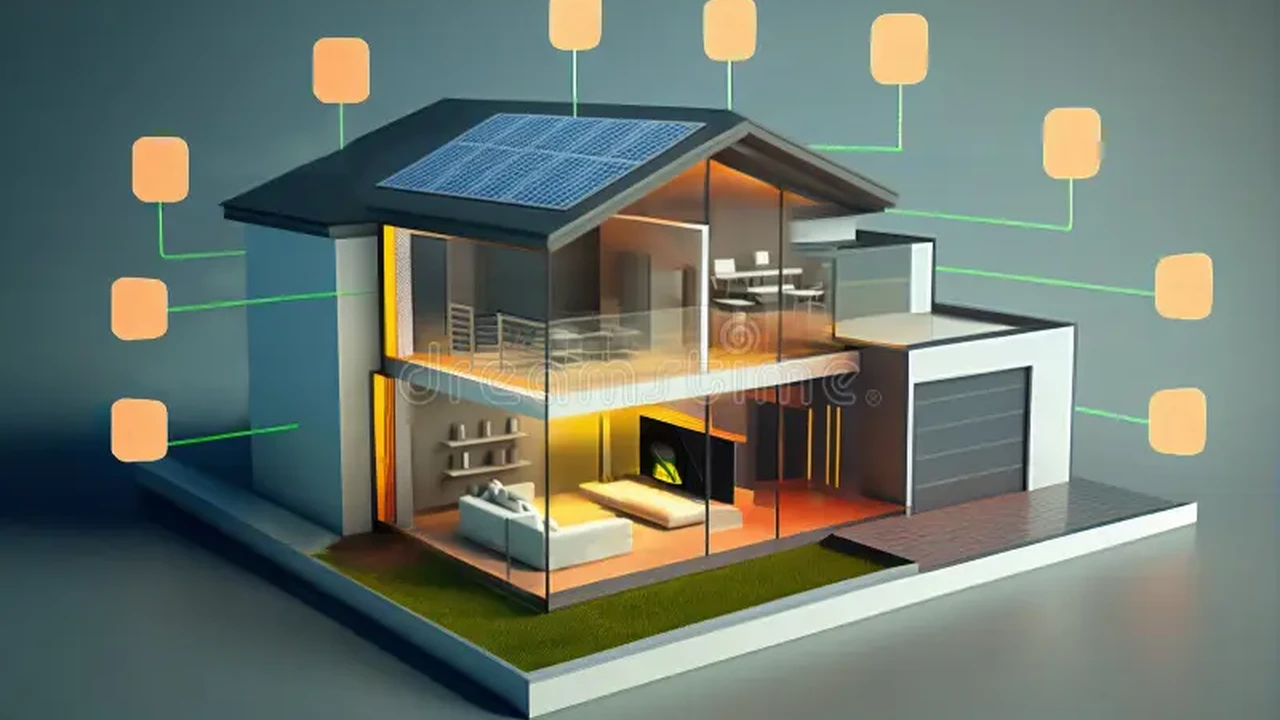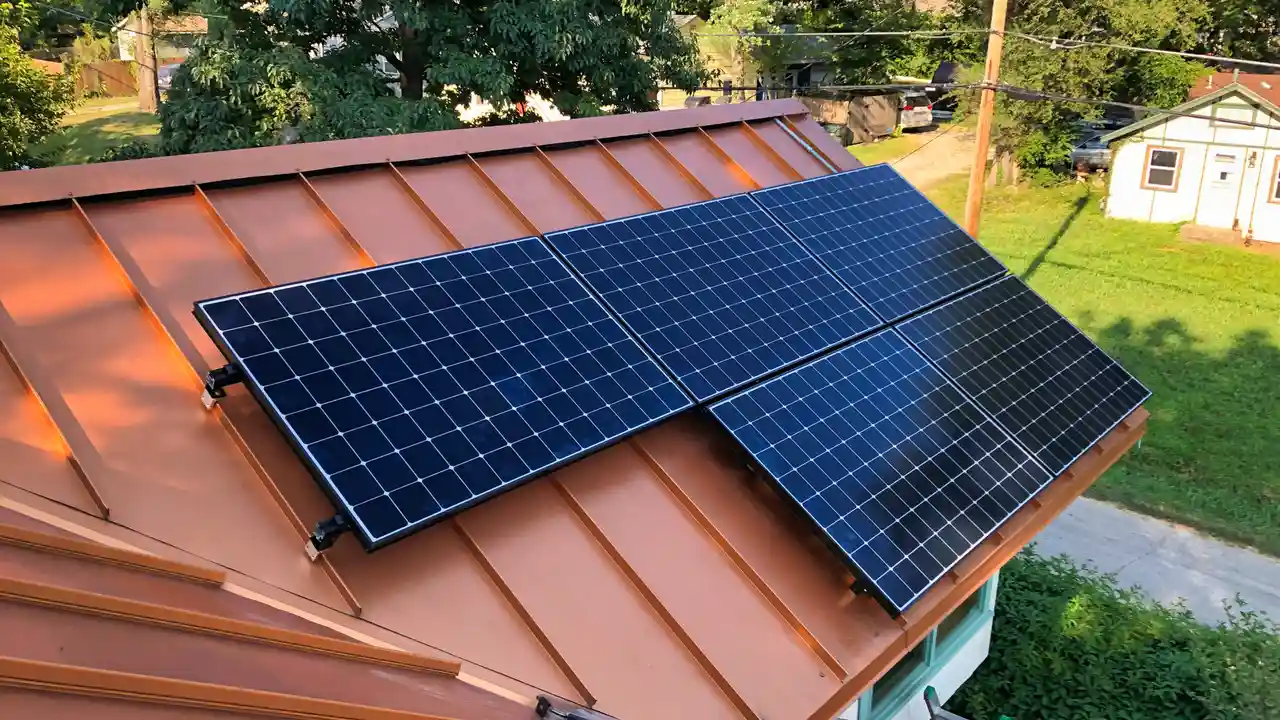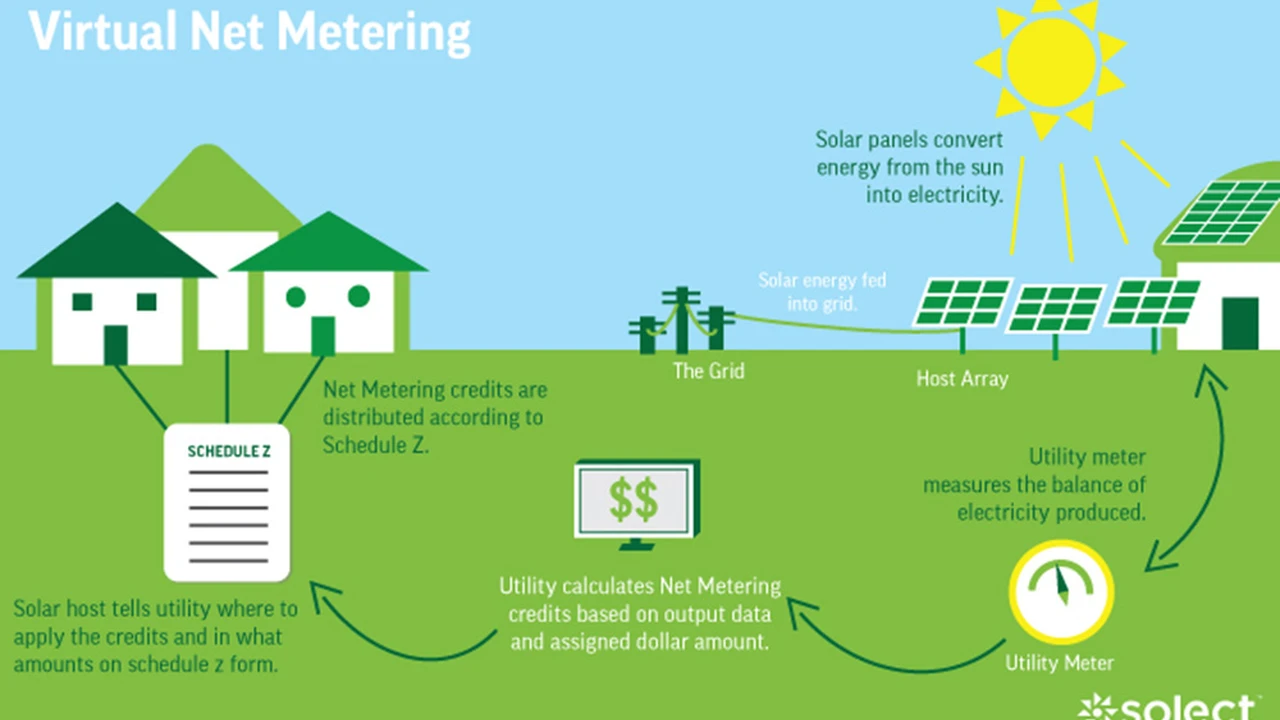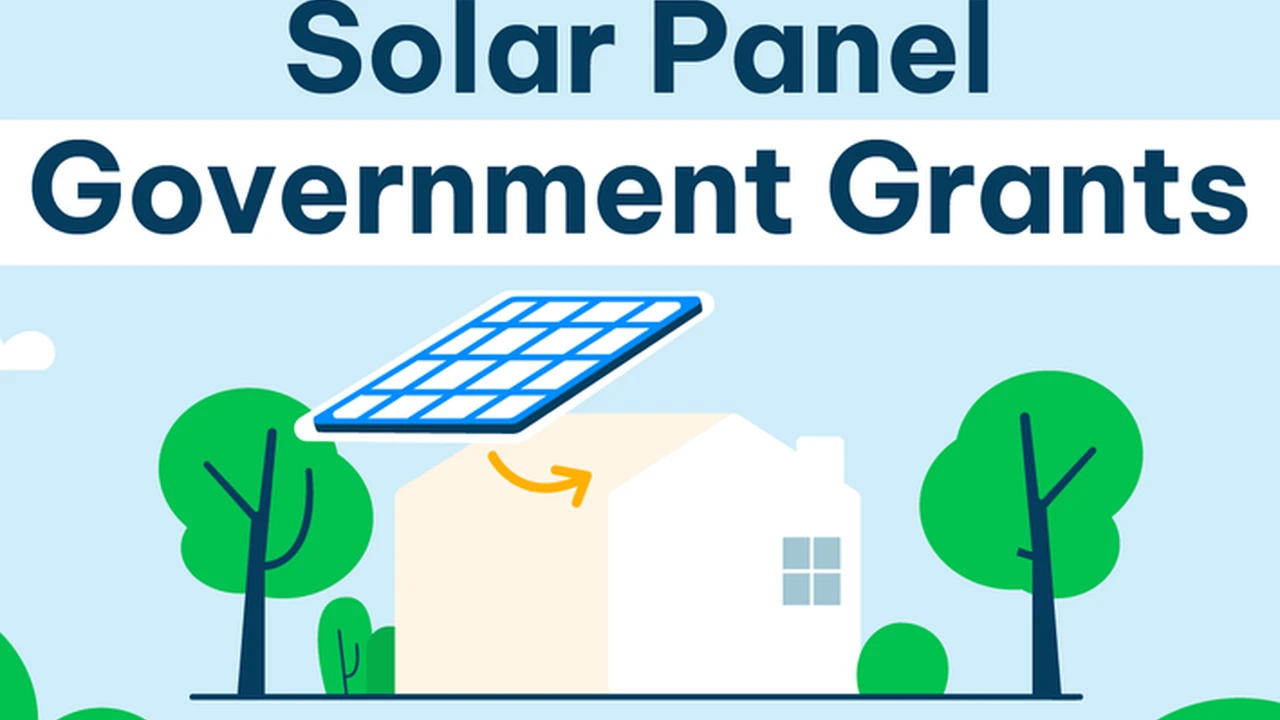Solar Panel and Insurance Claims: What You Need to Know
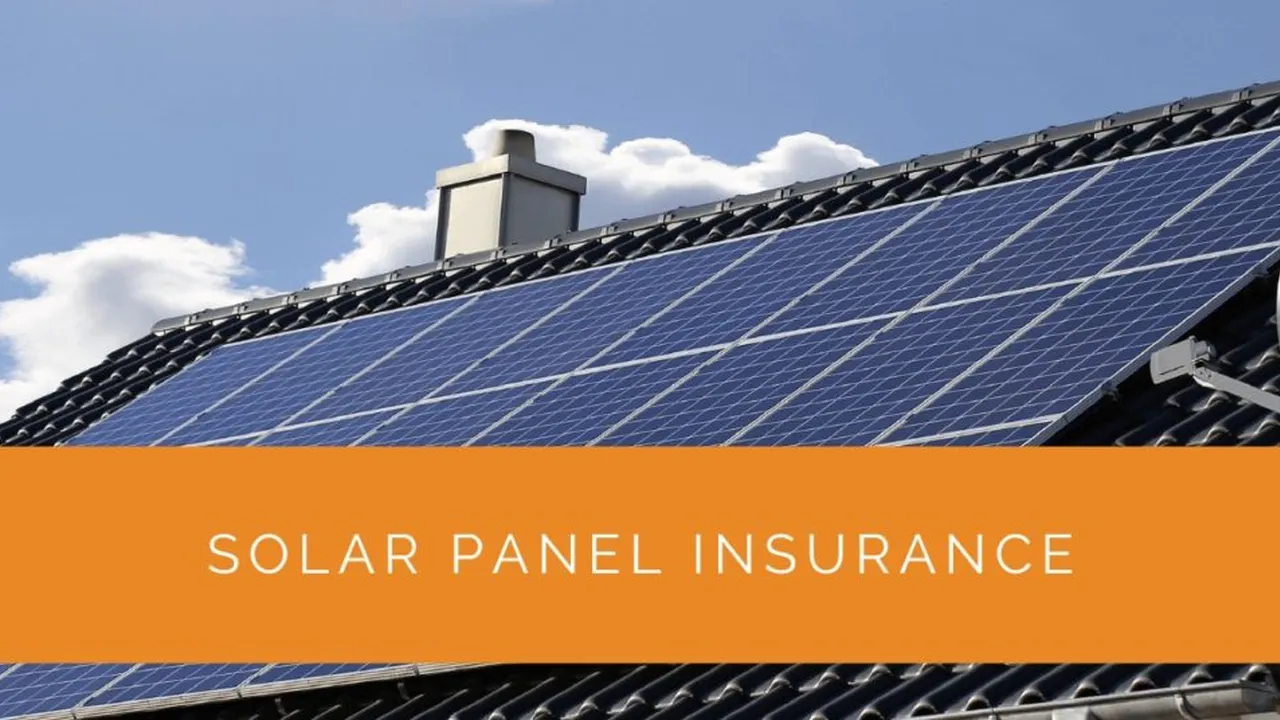
Understanding Solar Panel Insurance Coverage for Homeowners
So, you've gone green and installed solar panels! Awesome! But have you thought about insurance? Most homeowners insurance policies do cover solar panels, but it's crucial to understand the specifics. Think of it like this: your solar panels are part of your property, just like your roof or your fancy new deck. They're usually covered under the "dwelling coverage" portion of your policy, which protects the structure of your home.
However, coverage isn't automatic. You absolutely need to inform your insurance company about your solar panel installation. Why? Because the value of your home has increased, and your policy limits might need adjusting. Failing to do so could leave you underinsured if something happens.
Also, pay attention to the types of perils covered. Most policies cover damage from common events like fire, wind, hail, and theft. But some policies might exclude specific events, like earthquakes or floods (you'd typically need separate policies for those). Read your policy carefully and ask your insurer about any exclusions.
Common Solar Panel Damage Scenarios and Insurance Claims
Okay, let's talk about what could go wrong. Here are some common scenarios where you might need to file an insurance claim for your solar panels:
- Hail Damage: This is a big one, especially in areas prone to hailstorms. Hail can crack or shatter solar panels, reducing their efficiency or rendering them useless.
- Wind Damage: Strong winds can rip panels off your roof or damage their mounting structures.
- Fire: House fires can obviously damage solar panels, and even a small electrical fire within the panel system itself can be a problem.
- Theft: Unfortunately, solar panels can be targets for theft, especially in remote areas.
- Vandalism: Sad, but true. Vandalism can result in broken panels or damaged wiring.
- Falling Objects: Tree limbs, debris during a storm, or even a rogue satellite (okay, maybe not the satellite) can cause damage.
When filing a claim, document everything! Take photos of the damage, gather any relevant paperwork (installation receipts, warranties, etc.), and contact your insurance company as soon as possible. The sooner you file, the smoother the process will be.
Navigating the Solar Panel Insurance Claim Process Step-by-Step
So, disaster strikes, and you need to file a claim. Here's a breakdown of the process:
- Contact Your Insurance Company: Call them immediately and report the damage. Get a claim number.
- Document the Damage: Take photos and videos of everything! The more evidence you have, the better.
- Protect Your Property: If possible, take steps to prevent further damage. For example, if a panel is hanging loose, try to secure it (safely!) to prevent it from falling.
- Get an Inspection: Your insurance company will likely send an adjuster to inspect the damage. They'll assess the extent of the damage and determine the cost of repairs or replacement. Consider getting your own independent inspection from a qualified solar panel installer to ensure the adjuster's assessment is accurate.
- Review the Adjuster's Report: Carefully review the adjuster's report and make sure you understand everything. If you disagree with anything, don't hesitate to ask questions and provide additional information.
- Get Estimates for Repairs or Replacement: Get multiple estimates from reputable solar panel installers. This will give you a better idea of the actual cost of the repairs or replacement and help you negotiate with your insurance company.
- Negotiate with Your Insurance Company: Don't be afraid to negotiate! Insurance companies sometimes try to lowball claims. Be prepared to present your evidence and argue your case.
- File Your Claim: Fill out all required documentation and submit it to the insurance company.
- Receive Payment and Complete Repairs: Once your claim is approved, you'll receive payment from your insurance company. Use this money to repair or replace your solar panels.
Remember to keep detailed records of all communication with your insurance company, including dates, times, names of representatives, and summaries of conversations. This will be helpful if you need to appeal a decision.
Choosing the Right Homeowners Insurance for Solar Panel Protection Needs
Not all homeowners insurance policies are created equal. When choosing a policy, look for these features:
- Adequate Coverage Limits: Make sure your policy limits are high enough to cover the full replacement cost of your solar panels.
- Replacement Cost Coverage: This is crucial. Replacement cost coverage will pay to replace your damaged solar panels with new ones, without deducting for depreciation. Avoid policies that only offer "actual cash value" coverage, which will only pay for the depreciated value of your panels.
- Coverage for Solar Panel System Components: Ensure your policy covers all components of your solar panel system, including the panels themselves, the inverter, the mounting hardware, and the wiring.
- Coverage for Consequential Damage: This is important! Consequential damage refers to damage that results from the initial damage. For example, if a hailstorm damages your solar panels and causes a leak in your roof, consequential damage coverage would pay for the roof repairs.
- Deductible: Consider your deductible. A higher deductible will result in lower premiums, but you'll have to pay more out-of-pocket if you file a claim.
Shop around and compare quotes from multiple insurance companies before making a decision. Don't be afraid to ask questions and clarify any uncertainties.
Solar Panel Maintenance Tips to Minimize Insurance Claims and Maximize Lifespan
The best way to avoid insurance claims is to prevent damage in the first place! Here are some maintenance tips to keep your solar panels in good condition:
- Regular Cleaning: Dust, dirt, pollen, and bird droppings can reduce the efficiency of your solar panels. Clean them regularly with a soft brush and water. Avoid using harsh chemicals or abrasive cleaners.
- Inspect for Damage: Periodically inspect your solar panels for any signs of damage, such as cracks, chips, or loose wiring.
- Trim Trees: Trim any trees that are overhanging your solar panels to prevent them from dropping branches and causing damage.
- Monitor Performance: Monitor the performance of your solar panels to detect any problems early on. Many solar panel systems come with monitoring systems that allow you to track your energy production.
- Professional Inspections: Consider getting a professional inspection of your solar panel system every few years. A qualified solar panel installer can identify potential problems and recommend preventative maintenance.
Recommended Solar Panel Products and Cost Analysis
Alright, let's get to the good stuff: specific product recommendations! Keep in mind that prices can vary depending on your location, installer, and current market conditions. I'll provide estimated price ranges.
High-Efficiency Monocrystalline Panels for Maximum Energy Production
If you're looking for top-of-the-line performance, monocrystalline panels are the way to go. They're the most efficient type of solar panel, meaning they generate the most electricity from a given amount of sunlight.
SunPower A-Series
Description: SunPower A-Series panels are known for their industry-leading efficiency and durability. They feature a sleek, all-black design and come with a 25-year warranty.
Uses: Ideal for homeowners who want to maximize energy production and reduce their carbon footprint. Suitable for both residential and commercial applications.
Comparison: SunPower panels are more expensive than other brands, but their higher efficiency and longer lifespan can make them a worthwhile investment in the long run. They outperform most other panels in low-light conditions.
Price Range: $3.00 - $4.00 per watt.
LG NeON 2 Black
Description: LG NeON 2 Black panels offer excellent performance and a stylish design. They feature LG's innovative Cello technology, which increases power output and reduces cell stress.
Uses: Suitable for homeowners who want a balance of performance, aesthetics, and affordability. A good choice for homes with limited roof space.
Comparison: LG panels are generally more affordable than SunPower panels, while still offering excellent performance. They have a slightly lower efficiency rating but a comparable warranty.
Price Range: $2.50 - $3.50 per watt.
Polycrystalline Panels for a Budget-Friendly Solar Solution
Polycrystalline panels are a more affordable option than monocrystalline panels. They're slightly less efficient, but they still provide a good return on investment.
REC Group TwinPeak 2 Series
Description: REC Group TwinPeak 2 Series panels offer a good balance of performance and affordability. They feature a split-cell design that improves shading tolerance and increases power output.
Uses: A great choice for homeowners who are on a budget but still want a reliable solar panel system. Suitable for homes with ample roof space.
Comparison: REC panels are more affordable than monocrystalline panels, but they have a slightly lower efficiency rating. They're a good option for homeowners who are looking for a good value.
Price Range: $2.00 - $3.00 per watt.
Canadian Solar HiKu Series
Description: Canadian Solar HiKu Series panels are known for their durability and reliability. They feature a robust design that can withstand harsh weather conditions.
Uses: Suitable for homes in areas with extreme weather conditions, such as high winds or heavy snow. A good choice for homeowners who want a long-lasting solar panel system.
Comparison: Canadian Solar panels are a good value for the money. They're more affordable than monocrystalline panels and offer a decent efficiency rating. They're also known for their durability.
Price Range: $1.80 - $2.80 per watt.
Microinverters vs. String Inverters: A Detailed Comparison
The inverter is a crucial component of your solar panel system. It converts the DC electricity generated by the panels into AC electricity that can be used by your home. There are two main types of inverters: microinverters and string inverters.
Microinverters
Description: Microinverters are small inverters that are installed on each individual solar panel. They convert DC electricity to AC electricity at the panel level.
Advantages:
- Increased Energy Production: Microinverters maximize energy production by optimizing the performance of each individual panel.
- Improved Shading Tolerance: Microinverters are less affected by shading than string inverters. If one panel is shaded, it won't affect the performance of the other panels.
- Easier Monitoring: Microinverters allow you to monitor the performance of each individual panel.
- Increased Safety: Microinverters eliminate the high-voltage DC wiring that is present in string inverter systems.
Disadvantages:
- Higher Cost: Microinverters are more expensive than string inverters.
- More Complex Installation: Microinverters require more complex installation than string inverters.
String Inverters
Description: String inverters are larger inverters that are installed in a central location. They convert DC electricity from multiple solar panels to AC electricity.
Advantages:
- Lower Cost: String inverters are less expensive than microinverters.
- Simpler Installation: String inverters require simpler installation than microinverters.
Disadvantages:
- Reduced Energy Production: String inverters are less efficient than microinverters.
- Poor Shading Tolerance: String inverters are more affected by shading than microinverters. If one panel is shaded, it can affect the performance of the entire string.
- Less Monitoring: String inverters typically only allow you to monitor the performance of the entire system, not individual panels.
- Lower Safety: String inverters have high-voltage DC wiring that can be a safety hazard.
Choosing the Right Inverter: The best type of inverter for your solar panel system will depend on your specific needs and budget. If you're looking for maximum energy production and improved shading tolerance, microinverters are a good choice. If you're on a budget, a string inverter may be a better option.
Understanding Net Metering and Solar Panel Insurance Benefits
Net metering is a policy that allows homeowners with solar panels to receive credit for the excess electricity they send back to the grid. This credit can be used to offset your electricity bill. Net metering policies vary by state and utility company.
How Net Metering Works: When your solar panels generate more electricity than your home needs, the excess electricity is sent back to the grid. Your utility company will then credit your account for the value of that electricity. When your solar panels aren't generating enough electricity (e.g., at night), you can draw electricity from the grid and pay your normal electricity rate.
Benefits of Net Metering:
- Reduced Electricity Bills: Net metering can significantly reduce your electricity bills by offsetting your electricity consumption with solar energy.
- Faster Return on Investment: Net metering can help you recover your investment in solar panels more quickly.
- Environmental Benefits: Net metering encourages the use of solar energy, which reduces greenhouse gas emissions and helps protect the environment.
Solar Panel Insurance Benefits Related to Net Metering: If your solar panels are damaged and you're unable to generate electricity, your insurance company may compensate you for the lost net metering credits.
Future Trends in Solar Panel Technology and Insurance
The solar panel industry is constantly evolving, with new technologies and innovations emerging all the time. Some of the future trends in solar panel technology include:
- Perovskite Solar Cells: Perovskite solar cells are a new type of solar cell that has the potential to be more efficient and less expensive than traditional silicon solar cells.
- Bifacial Solar Panels: Bifacial solar panels can generate electricity from both the front and back sides, increasing their energy production.
- Smart Solar Panels: Smart solar panels are equipped with sensors and communication technology that allows them to be monitored and controlled remotely.
- Solar Skins: Solar skins are thin, flexible solar panels that can be applied to a variety of surfaces, such as walls and windows.
As solar panel technology continues to evolve, insurance policies will need to adapt to cover these new technologies. Some of the future trends in solar panel insurance include:
- Coverage for New Technologies: Insurance policies will need to cover new solar panel technologies, such as perovskite solar cells and bifacial solar panels.
- Coverage for Smart Solar Panels: Insurance policies will need to cover the sensors and communication technology that are integrated into smart solar panels.
- Cybersecurity Coverage: As solar panel systems become more connected to the internet, insurance policies will need to provide coverage for cybersecurity risks.
:max_bytes(150000):strip_icc()/277019-baked-pork-chops-with-cream-of-mushroom-soup-DDMFS-beauty-4x3-BG-7505-5762b731cf30447d9cbbbbbf387beafa.jpg)



